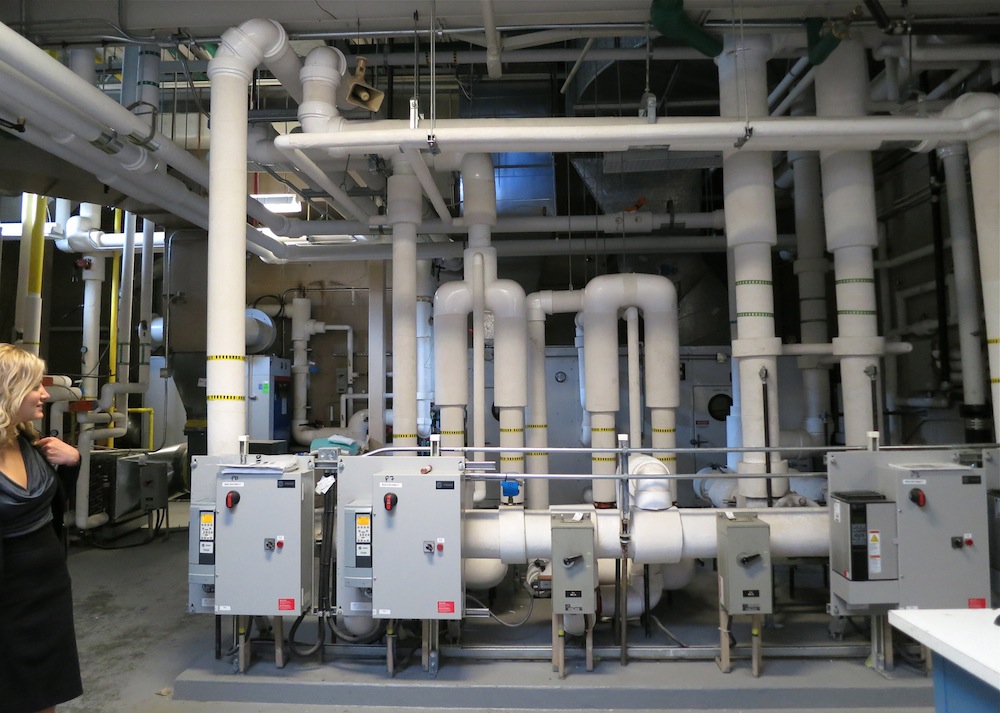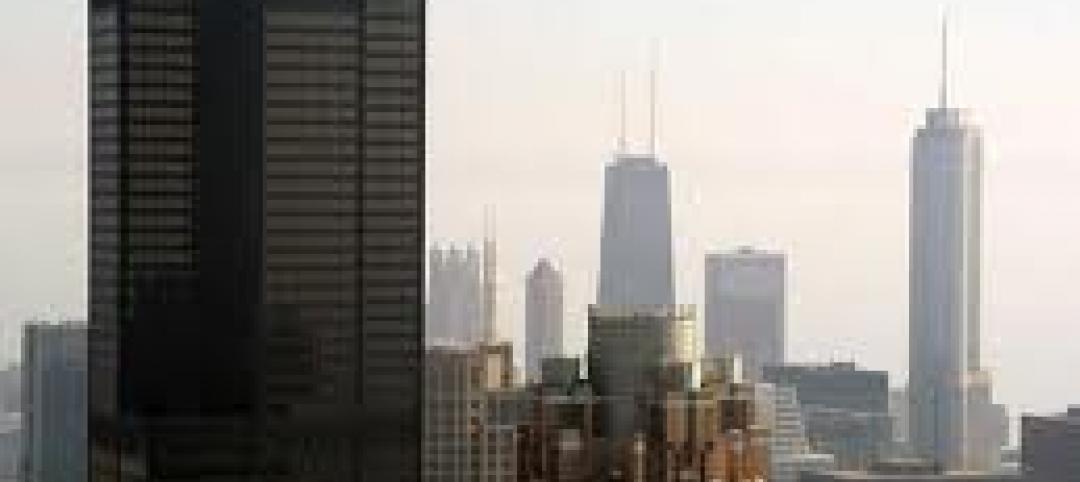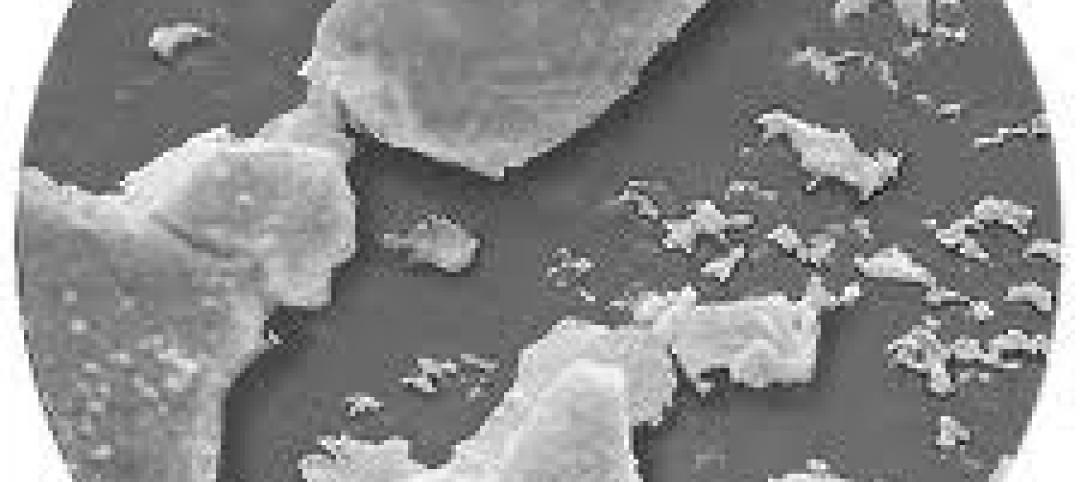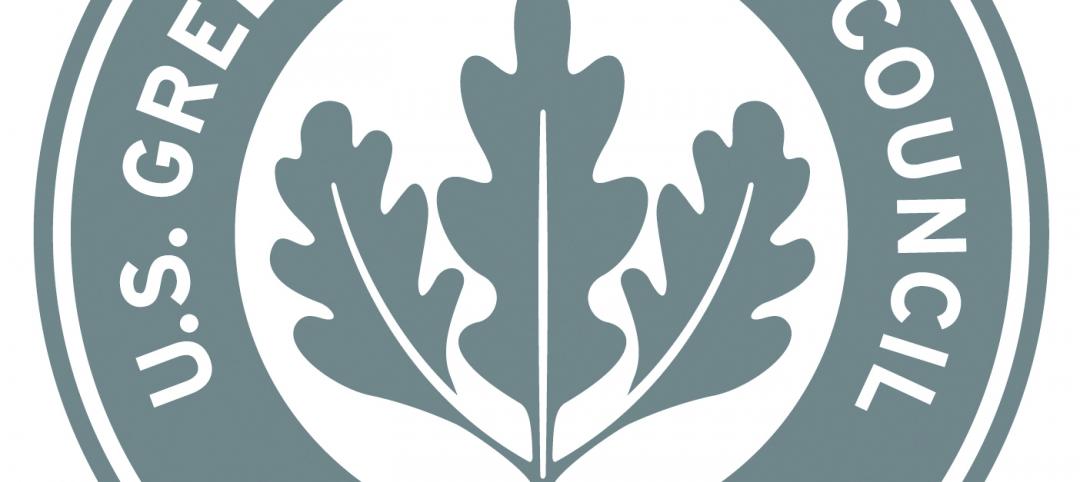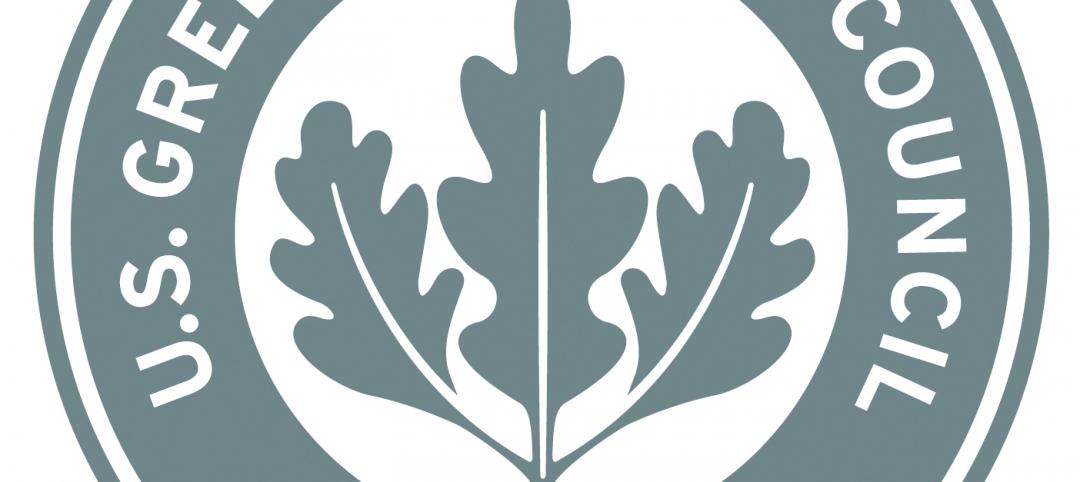The North American Insulation Manufacturers Association (NAIMA) has issued a new publication, “Guide to Insulating Chilled Water Piping Systems With Mineral Fiber Pipe Insulation.”
Developed for professional insulation contractors, the 36-page guide recommends methods for insulating chilled water piping systems using a vapor-sealed mineral fiber pipe insulation.
"Insulation systems are critical to limiting heat losses and preventing condensation on pipe surfaces operating from 33 degrees F to 60 degrees F (0.5 degrees C to 15.6 degrees C) within conditioned spaces in commercial and institutional buildings," says Charles Cottrell, vice president technical services for NAIMA. "When poorly applied, however, an insulation system can compromise insulation effectiveness.”
“NAIMA developed this step-by-step guide for applying vapor-sealed mineral fiber pipe insulation, which when installed according to the guide's recommendations, can effectively control condensation, help extend the life of the insulation system, and save energy," Cottrell says.
The guide addresses the installation of standard ASJ jacketed pipe insulation and presents recommendations based on reliable engineering principles and research, as well as consultation with manufacturers, contractors, and industry experts.
It details insulation application on straight pipe; on pipe system fittings including flanges, couplings, elbows, tees, and valves; and on 45- and 90-degree elbows. Also included are details on vapor dams, pipe supports, and field-applied jackets.
Other sections include performance criteria, a guide specification, and installation checklist. Click here to download a free copy of the guide.
Related Stories
| Mar 15, 2012
Construction industry a big winner in federal small disadvantaged business procurement
Last year, only 5% of federal contract dollars went to small disadvantaged businesses. Construction and facilities support firms were the biggest beneficiaries.
| Mar 15, 2012
ANSI approves new fall protection standards
The American National Standards Institute (ANSI) has approved two American Society of Safety Engineers' (ASSE) standards addressing fall protection.
| Mar 8, 2012
Engineering innovation provides new option for meeting seismic codes in skyscrapers
Two University of Toronto engineers have developed “viscoelastic-energy-dissipating dampers” to replace many of the heavy concrete beams used in tall structures.
| Mar 8, 2012
CSI webinar on building code compliance March 22
A March 22 webinar will provide an overview of a 28-step process during the design of a building to ensure compliance with building codes.
| Mar 8, 2012
Federal silica dust rule caught in bureaucratic limbo
A federal rule meant to protect the lungs of workers has been caught in bureaucratic purgatory for more than a year.
| Mar 8, 2012
New LEED-EBOM rating has requirements for specific project types
Several key changes are proposed for the LEED-EBOM Rating System in 2012.
| Mar 8, 2012
Green buildings more resilient than conventionally built structures
A new study by the U.S. Green Building Council (USGBC) and the University of Michigan’s Taubman College of Architecture and Urban Planning suggests that structures built to green standards can advance building resiliency.
| Mar 1, 2012
LEED Platinum standard likely to mean net-zero energy by 2018
As LEED standards continue to rise, the top level, LEED Platinum, will likely mean net-zero energy construction by 2018.


